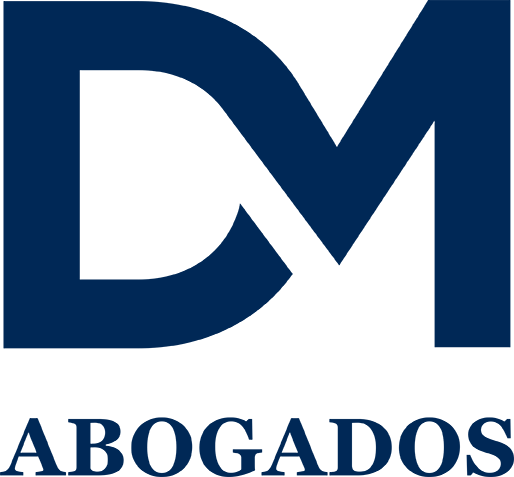SAVE THE DATE
ANNUAL EVENT
Nearshoring
Challenges and opportunities within a new labor and employment environment
International speakers
11 of March 2024 / 8 am to 6 pm
Club de Industriales, Mexico City
Hybrid event
We provide quality services to companies in various industrial and service sectors
With the commitment to offer our clients solutions tailored to their needs, crisis mediation, as well as an updated and regularized organization.
We are a team with the ability to provide legal services in various jurisdictions
Some of these services are resolution of collective conflicts, individual litigation, labor consulting, legal analysis for a better legal strategy, among others, according to each case.
We belong to

Therefore, we are a team with the ability to provide legal services in various jurisdictions, providing legal services to multinational companies, with a primarily business focus.
"Leaders in labor, social security and immigration law."
Practice Areas
Consulting
We cover a broad spectrum of a company’s labor operations to ensure compliance with labor laws. Carrying out audits, preparation of official and specific documents, labor investigations, termination of the employment relationship, monitoring of STPS inspections and other special processes.
Labor Engineering
We seek to strengthen your company’s strategies to improve internal culture, organization and a more proactive role in relations with workers. Starting from key elements such as risk identification, business preparation and the development of active participation schemes and horizontal communication of workers.
Labor intelligence
Your company needs to be up to date and have the greatest amount of information at your service to make the right decision when facing a union, human resources or capital crisis. We offer you that intelligence in the form of reports or documentation before anyone else and according to the needs of your company so that you can prevent, confront or mitigate any crisis.
Individual litigation
We generate defense strategies against any labor lawsuit with the preparation of legal documents, attention to hearings before the local or federal Conciliation and Arbitration Board or before the Labor Courts. We prepare demands for direct or indirect protection, among others. Our Litigation Administration and Management System will allow you to have immediate and accurate information.
Immigration
This area supports your company in assistance and consulting on immigration matters such as visas before Mexican Consulates, proof of employer registration and its updating. Stay as a temporary resident with a work permit, renewal of immigration documents, assistance in visa procedures before accredited consular representations in Mexico, among other services.
Social Security
We provide advice to verify that your company complies with social security obligations, in disputes before the Mexican Institute of Social Security or trials before the Federal Court of Administrative Justice. We provide consulting, audits to identify risks and administrative procedures or processes before the authority to resolve conflicts and keep your organization in compliance.
How can we help you?
Information
Guillermo González Camarena 1100 – Piso 7, Colonia Santa Fe, Alvaro Obregón, CDMX C.P. 01210






